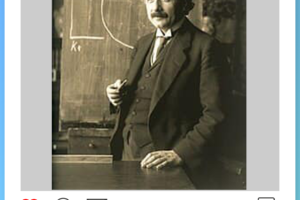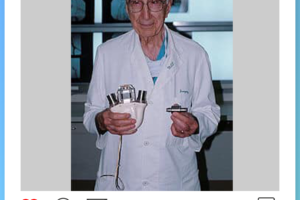
History of Inguinal Hernia Repair.
Billroth (1878) envisaged prostheses before Bassini’s sutured cure (1887).
Phelps (1894) reinforced with silver coils.
Metals were replaced by plastic (Aquaviva 1944).
Polypropylene (Usher 1962), resisting infection, became popular.
Usher instituted tensionless, overlapping preperitoneal repair.
Spermatic cord was parietalized, to obviate keyholing.
Stoppa (1969) championed the sutureless Cheatle-Henry approach encasing the peritoneum. His technique, “La grande prosthese de renforcement du sac visceral” (GPRVS), was adopted by laparoscopists.
Newman (1980) and Lichtenstein (1986) pioneered subaponeurotic positioning.
Kelly (1898) inserted a plug into the femoral canal; Lichtenstein and Shore (1974) followed.
Gilbert (1987) plugged the internal ring, and Robbins and Rutkow (1993) treated all groin herniae thus.
Incisional herniation has been controlled by prefascial, retrorectus prosthetic placement (Rives-Flament 1973).
ePTFE (Sher et al. 1980) is useful intraperitoneally, since it evokes few adhesions.
Here, laparoscopy (Ger 1982) is competitive. Beginning in 1964 (Wirtschafter and Bentley), experimental and clinical studies have shown herniation may be associated with aging and genetic or acquired (smoking, etc.) systemic disease of connective tissue.
These data, with prospective trials, all but mandate tensionless prosthetic repair.
Resources : https://link.springer.com/art…/10.1007%2Fs10029-003-0169-2



